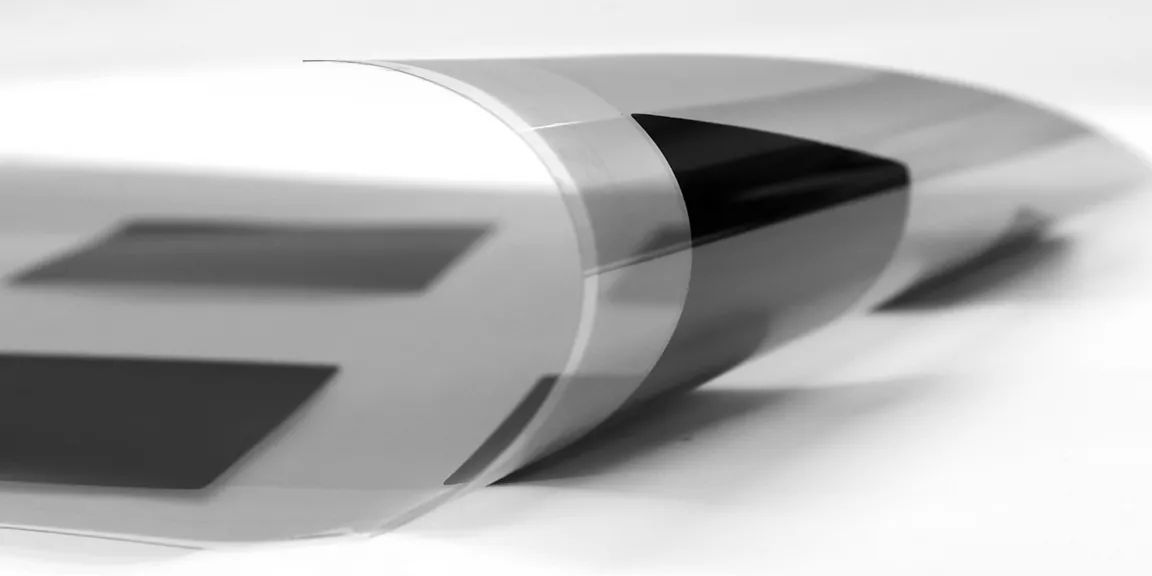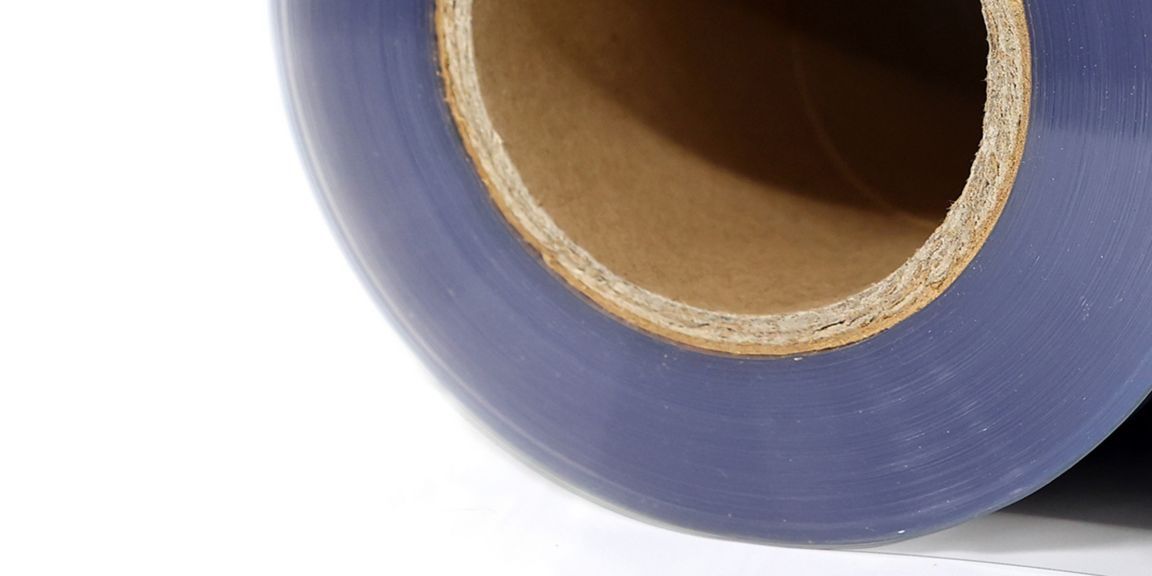Keep up with what’s new.
Connect with us on LinkedIn for news, insights and related topics.
Honeywell UOP has developed a new higher efficiency catalyst-coated membrane (CCM) for PEM and AEM electrolyzers that creates more hydrogen at lower cost.
TALK TO AN EXPERTGreen hydrogen has great potential as a sustainable fuel but faces a commercial paradox: it needs scale to be affordable but needs affordability to reach scale. Honeywell UOP’s revolutionary CCMs change the equation. Drawing on our decades of catalyst and membrane experience, these CCMs are high-performing components that cut the cost of electrolysis and large-scale electrolyzer manufacturing.

Honeywell UOP’s proton exchange membrane (PEM) CCM achieves 55% higher hydrogen production per area than commercially available CCM, enabling a 35% electrolyzer stack CapEx cost reduction for PEM water electrolysis.1,2
Honeywell UOP’s PEM CCM drives electrolyzer performance through
• Lower CapEx:35% stack cost reduction1,2
• Lower OpEx: lower electricity input by operating at lower voltage at the same current density1,2
• Lower precious metal catalyst loadings: exceeded the 2022 DOE platinum group metal (PGM) targets by at least 55%3
• Lower hydrogen crossover: 45% lower hydrogen crossover4
• Longer durability: Improved mechanical strength and high-stability membrane5

Honeywell UOP’s latest anion exchange membrane (AEM) CCM has higher ionic conductivity and a high activity catalyst formulation that can enable higher current density and longer durability. This breakthrough CCM delivers performance while eliminating precious metals on the anode catalyst.
Honeywell UOP’s AEM CCM delivers electrolyzer performance through
• Lower CapEx: stack cost is reduced by operating at higher current density at the same voltage, and through elimination of precious metals on the anode catalyst
• Lower OpEx: less electricity required by operating at lower voltage at the same current density
• Longer durability: Improved mechanical strength and high-stability membrane.
Honeywell UOP has more than 40 years of experience in membrane development, production, installation, and commercial operation. Our Separex™ membrane systems for gas processing are used in more than 300 units globally and contribute to the 40 million tons of installed CO2 capture capacity enabled by Honeywell technology.6
Honeywell UOP has been a leader in catalyst innovation for the refining and petrochemicals industry for more than 80 years. Today, our portfolio exceeds 300 catalysts, produced by Honeywell at global scale.
Honeywell UOP has honed its R&D process over the last 100 years, developing the world’s leading oil and gas technologies, and now leading solutions for a sustainable future. Our Engineering and R&D teams include 2,000 people, fueling 4,900 active patents for innovative, production-ready technologies. About 60% of our new product introduction R&D investment is directed toward products that improve environmental and social outcomes.
6 Includes capacity of deployed Honeywell technology (membranes and chemical & physical solvents) in installed projects enabling CO2 capture from gas streams, of which 15 million tons of the captured CO2 is being utilized for enhanced oil recovery annually.
What makes Green Hydrogen energy renewable?
Hydrogen itself is a clean-burning, zero-carbon fuel source. However, the most common methods for large-scale hydrogen production today involve fossil fuels like natural gas and coal, which produce carbon emissions. These traditional processes are known as Grey Hydrogen production. Green Hydrogen production is an inherently carbon-neutral method of hydrogen production whereby hydrogen is generated by water electrolysis using renewable power like wind or solar. Water electrolysis is a technology category that uses an electrically powered electrolyzer to separate water (H2O) molecules into hydrogen (H2) and oxygen (O2).
Where does Green Hydrogen come from?
Green Hydrogen is produced in an electrolyzer, which separates water molecules (H2O) into hydrogen (H2) and oxygen (O2) through an electro-chemical reaction. A defining feature of Green Hydrogen production is that the electrolysis process is powered by renewable electricity sources like wind or solar.
How is Green Hydrogen used?
Due to global efforts to reach net zero emissions, hydrogen demand is expected to grow 7.5X over the next 30 years reaching 660 million tons by 2050.7 However, hydrogen production will have to undergo a transition from Grey to Blue and Green to meet the forecasted net zero targets.
Green Hydrogen can be used in any application that relies on hydrogen produced with traditional, carbon-intensive methods and can play an important role in hard-to-abate sectors. That means it can help many industries and processes move towards carbon neutrality including
72050 global hydrogen demand comes from the Hydrogen Council’s 2022 Global Hydrogen Flows report.
What is the importance of CCM membranes in the Green Hydrogen production process?
The CCM is at the heart of the electrolyzer and drives performance improvement for the electrolyzer technology. The CCM consists of a membrane that is coated with two electrodes – an anode catalyst and a cathode catalyst. The CCM facilitates the separation of hydrogen and oxygen through electrochemical reactions within the cell, and it is responsible for keeping the produced gases separated. Keeping hydrogen and oxygen separated is important for maximizing hydrogen purity and ensuring process safety.
The CCM is a crticial component in the PEM stack and can significantly influence electrolyzer cost and efficiency. For example, Honeywell UOP’s PEM CCM achieves 55% higher hydrogen production per area than commercially available CCM, enabling a 35% electrolyzer stack CapEx cost reduction for PEM water electrolysis.1,2
1Based on internal UOP data and validated by third-party electrolyzer OEMs
2Based on a PEM water electrolysis system using renewable power to produce 2,220 metric tons H2/year with 8,760 operating hours/year.
What are the different Green Hydrogen Technologies? What is the best Green Hydrogen production technology?
There are four main electrolyzer technologies for Green Hydrogen production: alkaline (AEL), proton exchange membrane (PEM), anion exchange membrane (AEM), and solid oxide (SOEC).
Irrespective of the technology, each of these electrolyzer types are composed of a stack, where the hydrogen-oxygen separation of water takes place, and the balance of plant, which includes the power supply, water supply, purification, compression, and other support systems.
These four technologies are distinguished based on the electrode, electrolyte, and temperature of operation.
Alkaline Electrolysis (AEL) is the most established electrolysis technology. Mass production has made it widely available, and it is considered an economical option as a result. However, it also carries significant limitations to hydrogen production rates and pressures compared to other emerging methods. Additionally, AEL has operational limitations, with difficult start-up and shut-down (i.e., poor cycling), as well as cost considerations, since the resulting hydrogen requires cost-intensive compression.
Proton exchange membrane (PEM) electroysis has emerged as a near-term alternative to AEL, offering significant efficiency and operational improvements. PEM enables rapid response time and higher current densities than AEL. Using PEM, hydrogen is produced under pressure and operation can be flexible. Unlike AEL, PEM requires the use of precious metals due to its highly acidic operating environment, resulting in relatively higher costs for key components. However, these costs are outweighed by efficiency gains enabled in production, operations, and electrolyzer stack footprint.
AEM and SOEC are new technologies that have been proven at the lab scale and have the potential to disrupt the industry.
Anion exchange membrane (AEM) electrolysis is positioned to be a direct replacement for AEL, offering similar advantages to PEM. It takes place under slightly alkaline conditions, so non-noble metal and other catalysts can be used. In contrast to the AEL, AEM electrolysis can be operated at higher current densities and have flexible operations.
SOEC operates at very high temperatures (700-850 C) and can achieve higher efficiencies with heat integration, making this technology more appropriate for specific applications like fuel production and chemical synthesis.
Learn more about Honeywell UOP solutions driving sustainability
Honeywell UOP eFining enables highly selective, low carbon intensity production of SAF from CO2 or syngas for eFuel profitability
Contact us to schedule a meeting with our sales team to discuss how Honeywell H2 Solutions can help you.